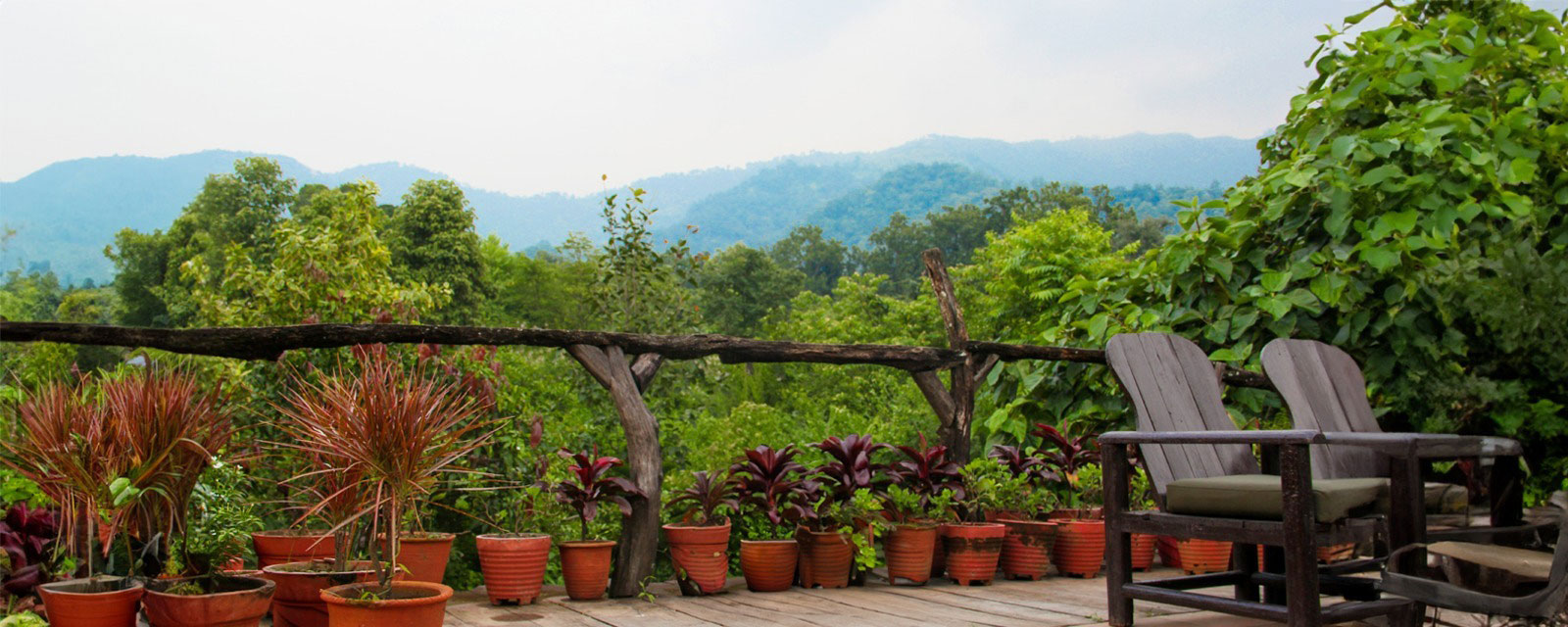
Nestled in the foothills of the Himalayas, Jim Corbett National Park is a sanctuary for wildlife enthusiasts and nature lovers. As India's first national park, established in 1936, it offers a diverse landscape that supports a variety of flora and fauna. The park's beauty and wildlife change with the seasons, offering unique experiences throughout the year. Here's what to expect in each season at Jim Corbett National Park.
Winter in Jim Corbett is magical, with misty mornings and cool days. The temperature ranges from 5°C to 25°C, making it a pleasant time for safaris. This season offers the best visibility of wildlife, as animals come out to bask in the sun, especially in the early mornings and late afternoons. It's the perfect time to spot tigers, as well as other animals like elephants, deer, and leopards. Birdwatchers can also rejoice, as migratory birds visit the park, adding to the already rich avian diversity.


Spring brings a burst of color to the park, with flowers blooming and trees showcasing their fresh foliage. The weather is warmer, with temperatures ranging between 15°C and 30°C. This period marks the beginning of the mating season for many animals, making it an interesting time for wildlife sightings. The clear skies and moderate weather make it ideal for photography enthusiasts to capture the vibrant landscape and active wildlife.
Summer in Jim Corbett can be hot, with temperatures soaring up to 40°C, but this is when the park truly comes alive. The water sources within the park become focal points for animals, increasing chances of spotting tigers, elephants, and other wildlife congregating around waterholes. The vegetation is less dense, improving visibility. Early morning and late afternoon safaris are recommended to avoid the midday heat. This season is also ideal for sighting reptiles like the Indian python and king cobra.


The monsoon season transforms the park into a lush green paradise, with rivers and streams brimming with water. While some zones of the park are closed for visitors due to the rains, the Jhirna and Dhela zones remain open all year round. The rainy season is less popular for safaris due to the heavy rainfall and the possibility of landslides. However, it's a great time for flora enthusiasts to explore the park, as the rain revives the plant life, making the forest dense and vibrant. It's also a breeding season for many species, offering a unique perspective on the circle of life in the wild.
While each season has its charm, the best time for wildlife viewing in Jim Corbett is from late November to June, with peak sightings during the winter and summer months. Each season offers a different experience, so consider what you want to see and do before planning your visit.

Jim Corbett National Park is a year-round destination, with each season offering a unique experience. Whether you're there to witness the winter wildlife spectacle, the spring blooms, the summer's intense wildlife activity, or the monsoon's lush greenery, Jim Corbett will not disappoint. Remember to respect the natural habitat and maintain the sanctity of the park during your visit.
Escape to the wilderness and book your next
adventure at our luxurious rooms,
nestled within the heart of the forest.